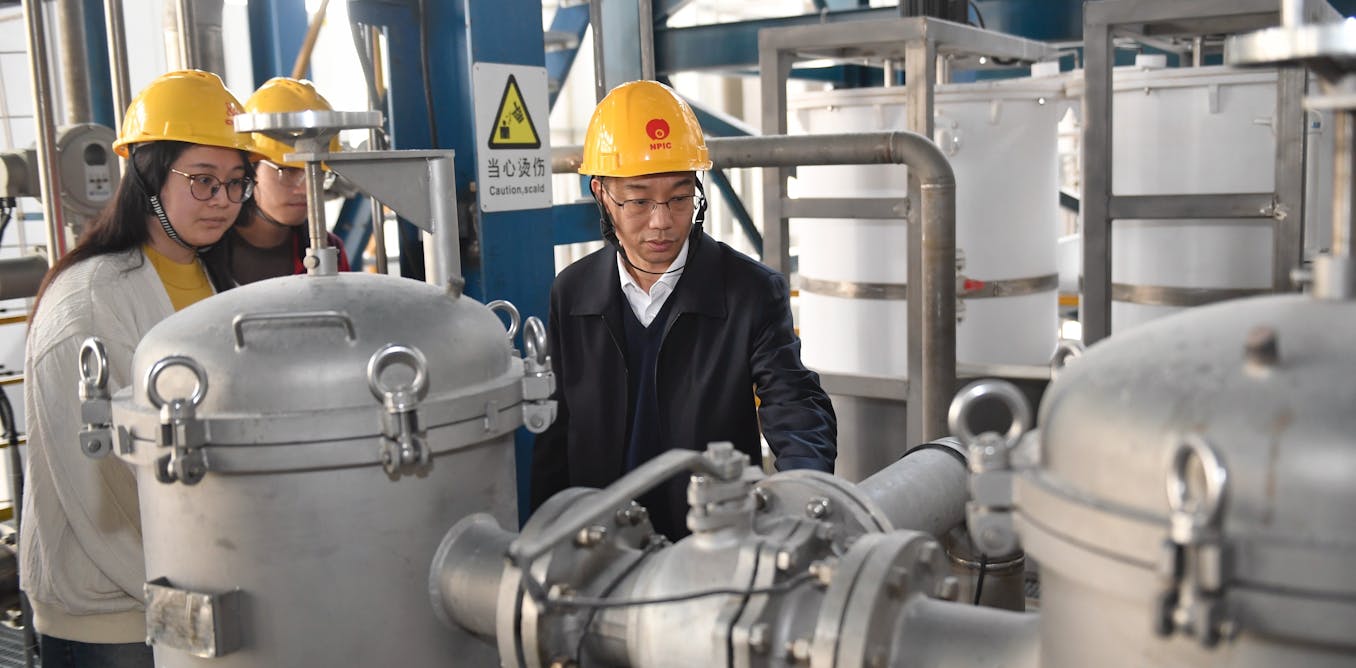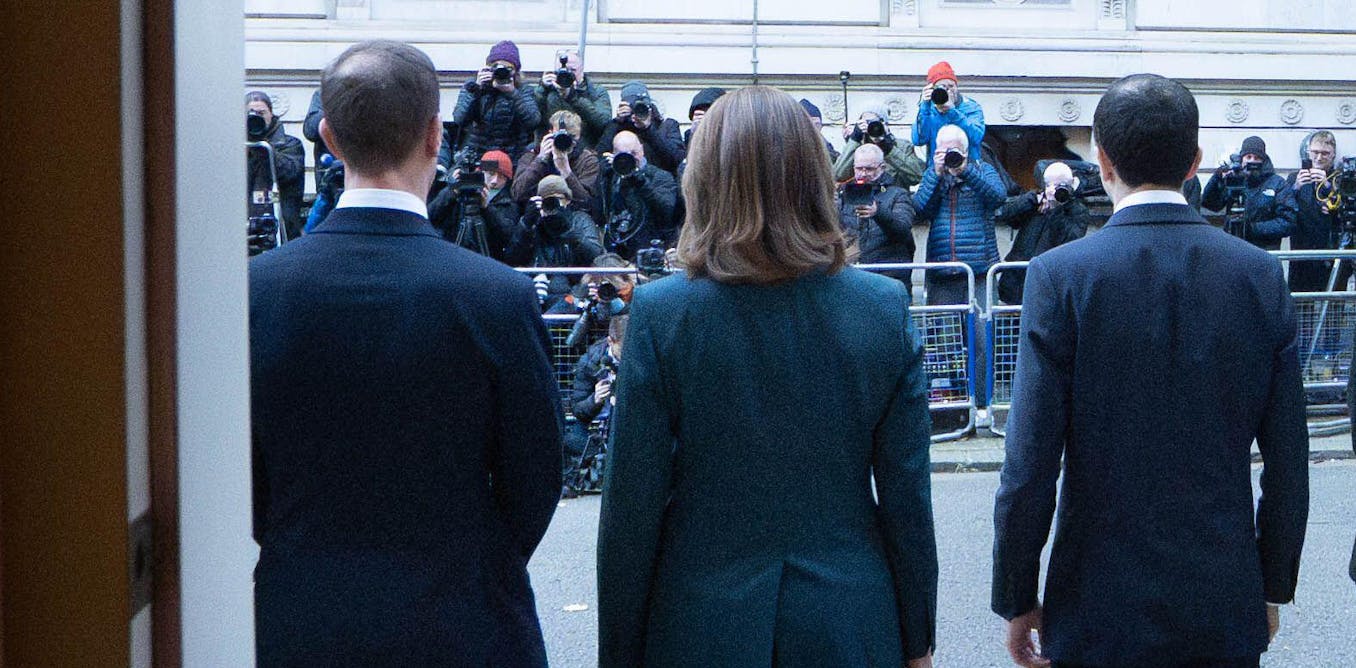Just before this special issue on invention went to press, I got a message from IEEE senior member and patent attorney George Macdonald. Nearly two decades after I first reported on Corliss Orville “Cob” Burandt’s struggle with the U.S. Patent and Trademark Office, the 77-year-old inventor’s patent case was being revived.
From 1981 to 1990, Burandt had received a dozen U.S. patents for improvements to automotive engines, starting with his 1990 patent for variable valve-timing technology (U.S. Patent No. 4,961,406A). But he failed to convince any automakers to license his technology. What’s worse, he claims, some of the world’s major carmakers now use his inventions in their hybrid engines.
Shortly after reading my piece in 2005, Macdonald stepped forward to represent Burandt. By then, the inventor had already lost his patents because he hadn’t paid the US $40,000 in maintenance fees to keep them active.
Macdonald filed a petition to pay the maintenance fees late and another to revive a related child case. The maintenance fee petition was denied in 2006. While the petition to revive was still pending, Macdonald passed the maintenance fee baton to Hunton Andrews Kurth (HAK), which took the case pro bono. HAK attorneys argued that the USPTO should reinstate the 1990 parent patent.
The timing was crucial: If the parent patent was reinstated before 2008, Burandt would have had the opportunity to compel infringing corporations to pay him licensing fees. Unfortunately, for reasons that remain unclear, the patent office tried to paper Burandt’s legal team to death, Macdonald says. HAK could go no further in the maintenance-fee case after the U.S. Supreme Court declined to hear it in 2009.
Then, in 2010, the USPTO belatedly revived Burandt’s child continuation application. A continuation application lets an inventor add claims to their original patent application while maintaining the earlier filing date—1988 in this case.
However, this revival came with its own set of challenges. Macdonald was informed in 2011 that the patent examiner would issue the patent but later discovered that the application was placed into a then-secret program called the Sensitive Application Warning System (SAWS) instead. While touted as a way to quash applications for things like perpetual-motion machines, the SAWS process effectively slowed action on Burandt’s case.
After several more years of motions and rulings, Macdonald met IEEE Member Edward Pennington, who agreed to represent Burandt. Earlier this year, Pennington filed a complaint in the Eastern District of Virginia seeking the issuance of Burandt’s patent on the grounds that it was wrongfully denied.
As of this writing, Burandt still hasn’t seen a dime from his inventions. He subsists on his social security benefits. And while his case raises important questions about fairness, transparency, and the rights of individual inventors, Pennington says his client isn’t…
Read full article: Patent Lawsuit Revival – IEEE Spectrum

The post “Patent Lawsuit Revival – IEEE Spectrum” by Harry Goldstein was published on 10/28/2024 by spectrum.ieee.org




































Leave a Reply